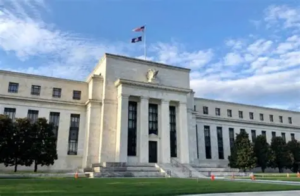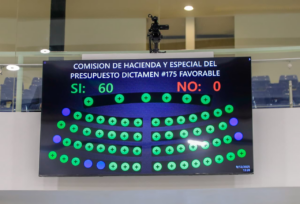
The use of mobile financial services continues to transform savings habits globally, marking a significant shift from the historical trend of slow growth in formal savings. According to the Global Findex database, the increased accessibility, convenience, and affordability of these platforms have enabled millions of people to make frequent, low-value deposits, thus integrating themselves into the formal financial system.
According to the most recent data, in 2024, 40% of adults in low- and middle-income economies were saving using a formal account, a 16-percentage-point increase compared to 2021. This progress has been driven primarily using mobile money and digital accounts, whose growth continues to accelerate.

In Latin America and the Caribbean, as well as in sub-Saharan Africa, savings through mobile money increased by more than 10 percentage points, reaching 19% and 23% of adults, respectively. While in sub-Saharan Africa most of those who save formally do so exclusively through mobile money, in Latin America a mixed model predominates, combining mobile platforms with traditional banking services. This difference reflects the greater integration between the two systems in the Latin American region.
Sub-Saharan Africa recorded a formal savings rate of 35% in 2024, supported by examples such as Senegal, where the percentage of adults who save formally rose from 46% in 2021 to 67% in 2024.
The region with the greatest progress continues to be East Asia and the Pacific, which not only leads in formal savings levels but also experienced the largest increase between 2021 and 2024, with a rise of 20 percentage points, driven primarily by growth in China.
Despite global progress, a gender gap persists: although the proportion of women who save formally has almost doubled to 36%, men are still 7 percentage points more likely to save through formal mechanisms.
These data reflect a profound transformation in financial access, driven by digitalization and the rise of mobile solutions, which continues to expand opportunities for populations traditionally excluded from the formal financial system.
You can also read:







